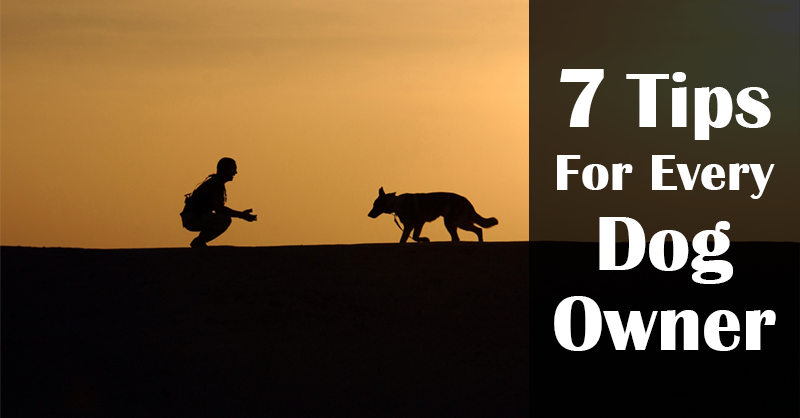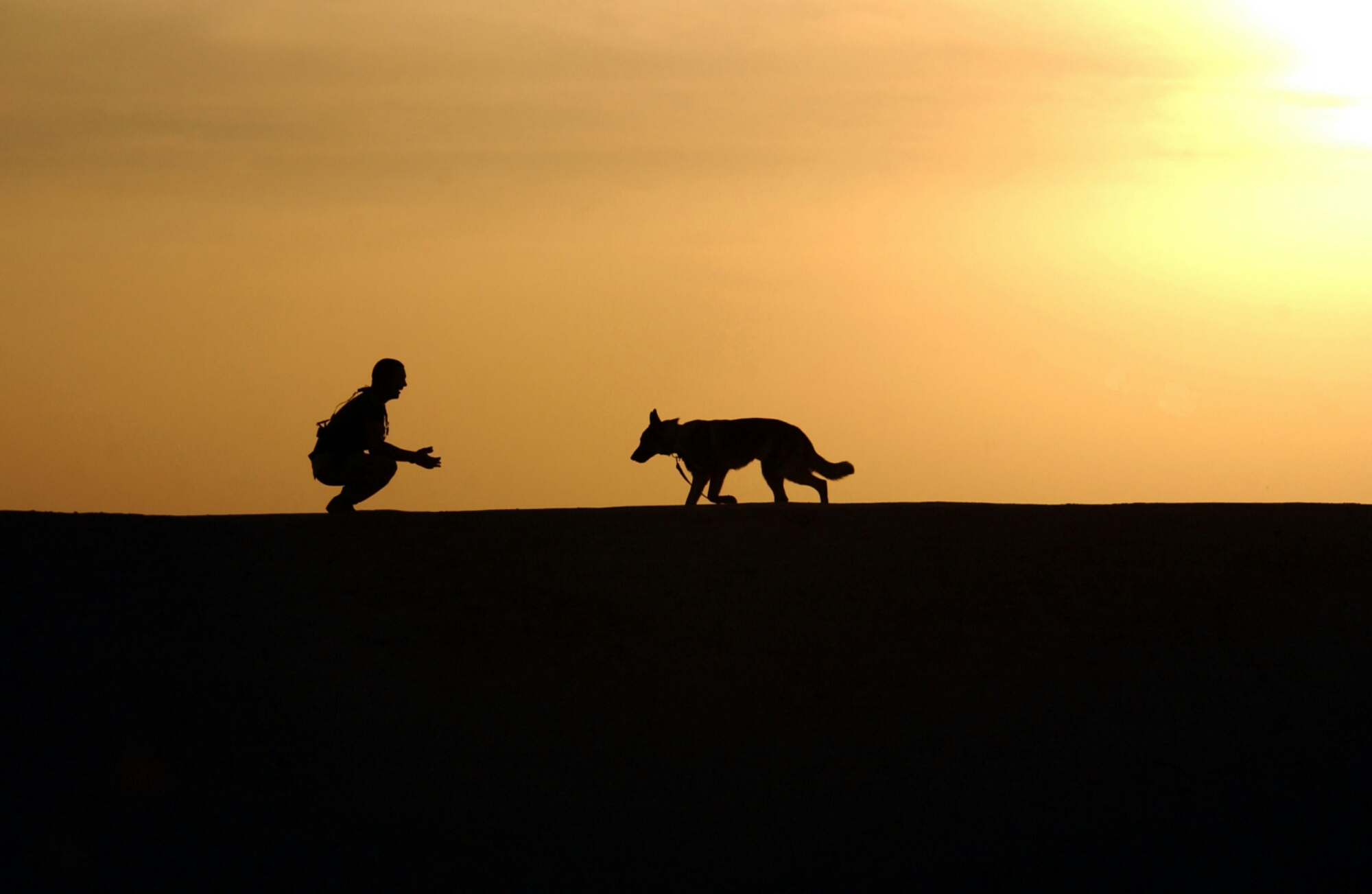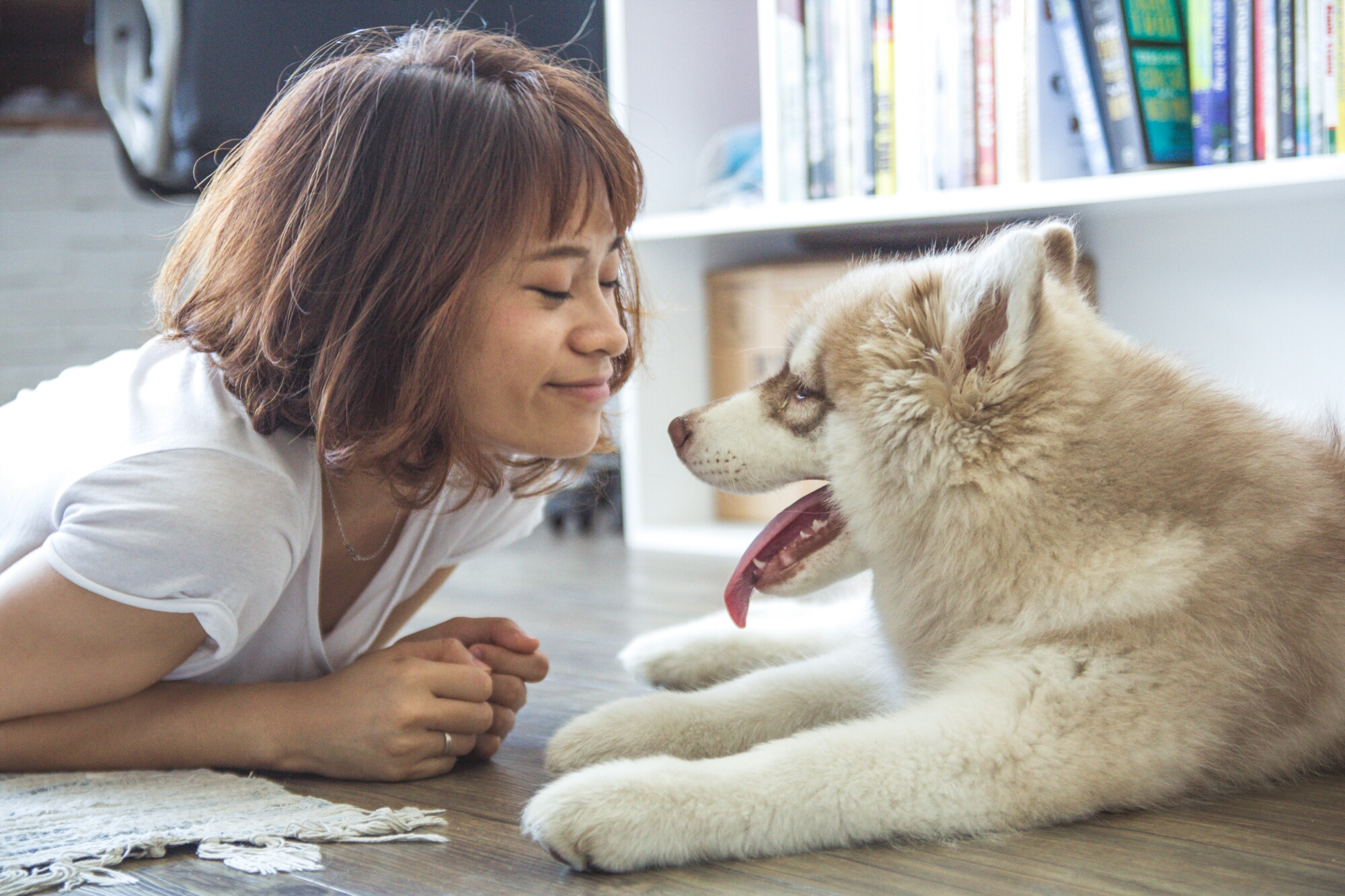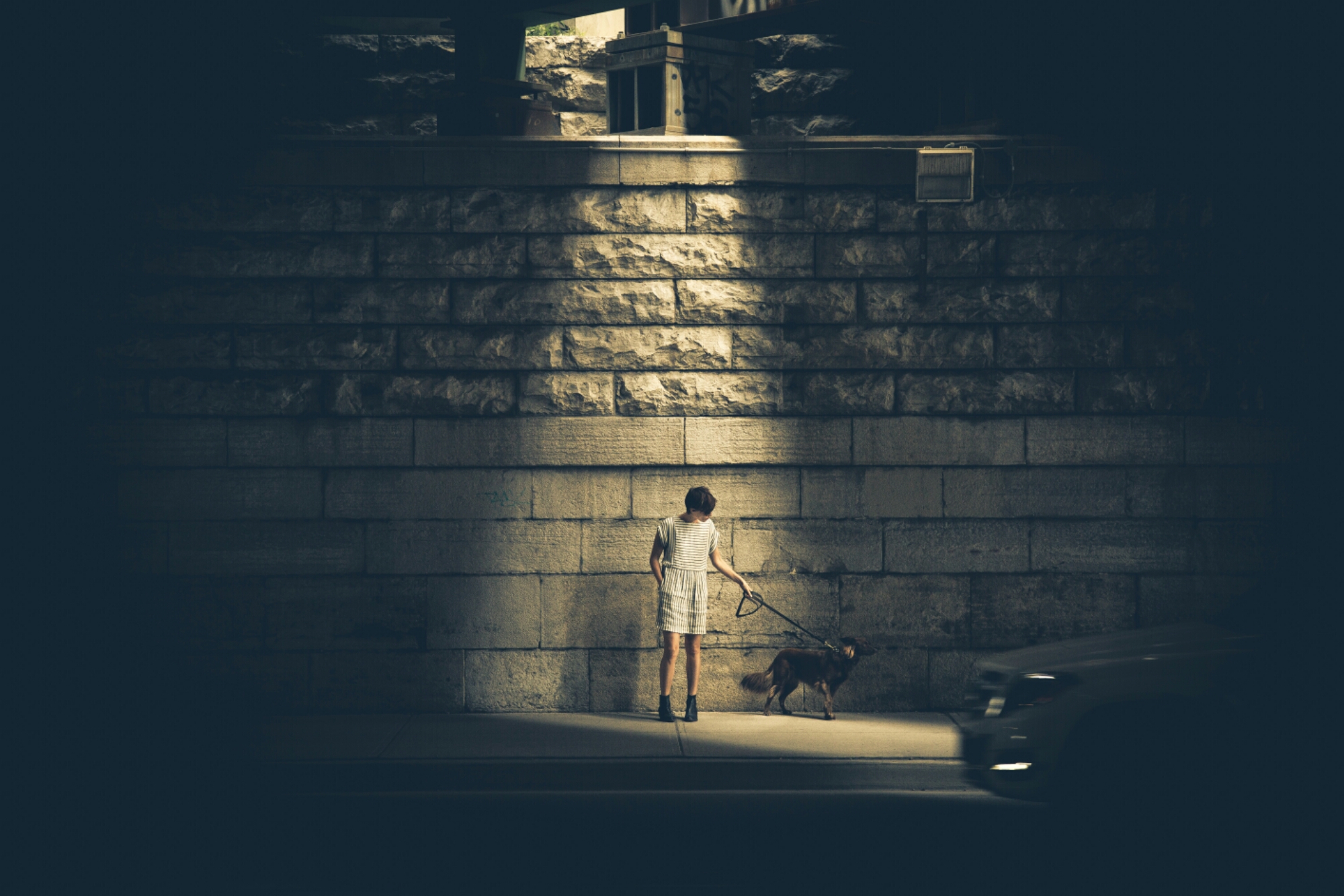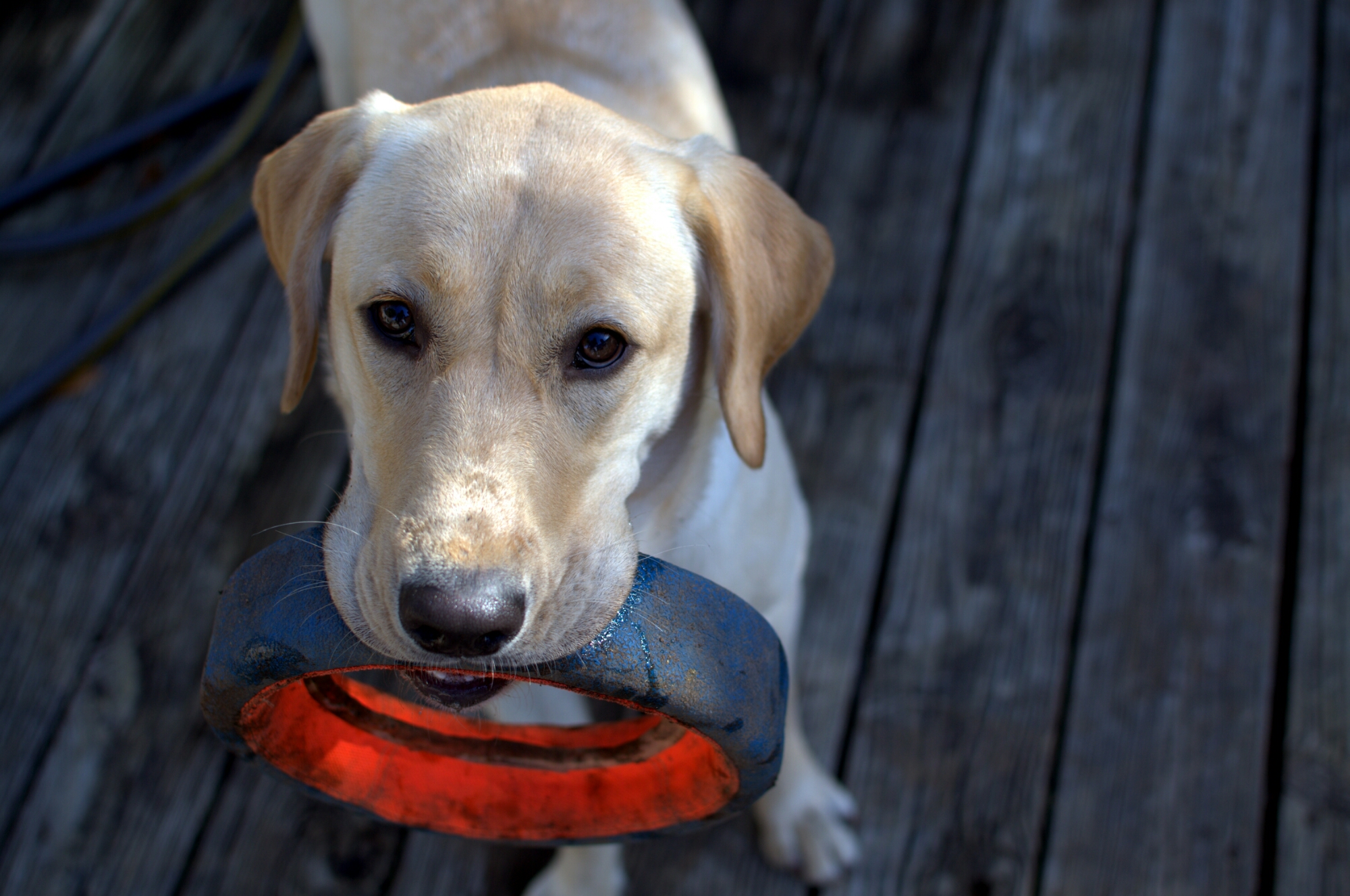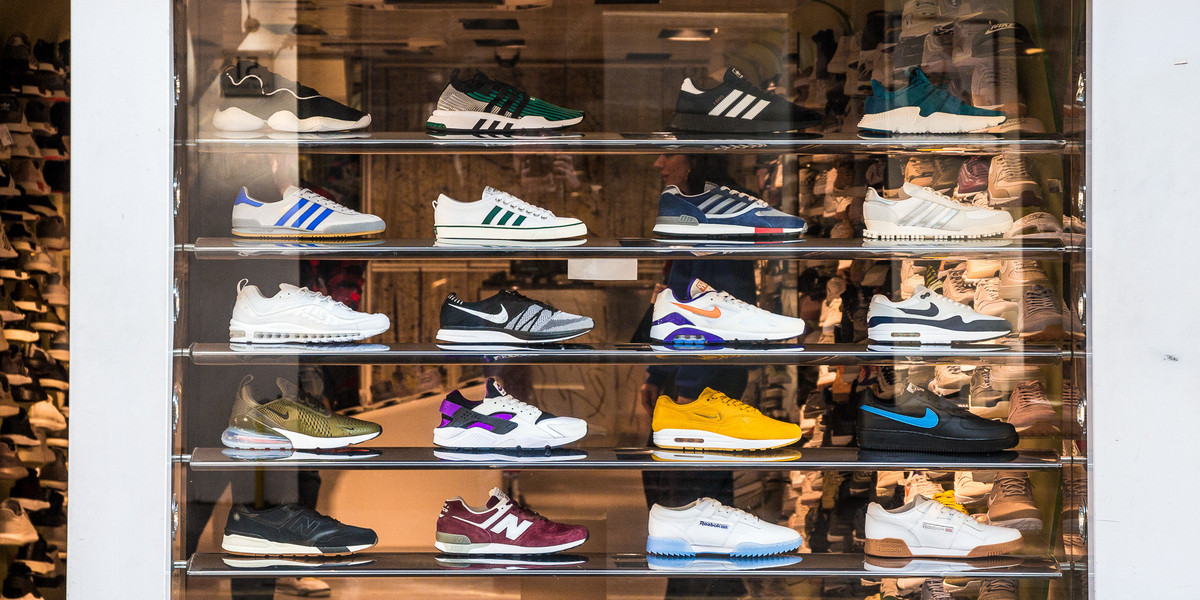So, below enlisted are a few tips on petting your dogs and DIY tricks that will help you train them on the basic level.
1. Proper nourishment
His diet needs changes with the time and a nutritious, balanced diet is essential to keeping your dog healthy. Below the age of 1 month, it is quite essential for puppy to feed on his mother’s milk for better physical and mental development. Between ages 1-6 month, Puppies are weaned from their mother’s milk gradually, while getting them used to puppy food; the puppy has to be fed 3 – 4 times per day and fresh water should be available all the time. As the dog grows up, his nutrition intake needs changes according to his breed and weight.
TIP : Ideal weight should be maintained by making right feeding choices and regular exercise.
2. Controlling bad behavior
We love dogs! Their twinkling eyes can melt anyone’s heart, BUT it is very, very important to govern their behavior and teach them discipline. If he does something wrong, beating or scolding him won’t do any good. Dogs don’t have the ability to reason. You need to keep in mind your dog doesn’t perform bad behaviors to spite you or show defiance. He simply needs to be taught to act in a way that pleases you because making you happy is what makes him happy.
TIP : If you want to learn the best way to teach your dog not to perform unwanted behavior, consider reading up on positive dog training techniques or hiring a dog trainer.
3. Toilet training
Start when the dog is young – about 3 to 4 months of age. Any earlier, and your puppy probably won’t yet have sufficient bowel and bladder control. And if you start later, the training period is likely to take much longer.
Keep your puppy on a regular feeding schedule during toilet training; go outside first thing in the morning, (in case of pups) and then every 30 to 60 minutes throughout the day/ (in case of adult dogs) 2-3 times in a day; Take your dog to the same spot outside every time as he will recognize its scent and more readily do its business.
TIP : Praise him after his job with a treat or something the dog really enjoys, like a walk.
4. Obedience training
Teaching your dog basic obedience is also a necessity. Your dog should learn to respond to the following basic commands:
- SIT : This basic command helps you to keep control of your dog no matter the situation, and is a good command to teach first.
- DROP : This teaches your dog to instantly drop whatever is in its mouth. (Could save your dog from harm if it ever picks up something dangerous or toxic.)
- STAY : Teaches your dog to remain still, calm, and in one place.
- HEEL : Teaches your dog to stay close to you as you walk, with or without a lead.
- COME : Teaches your dog to immediately come to you upon your command. You should begin to teach this command to your puppy as soon as it recognizes its name. This command could potentially help you protect your puppy from harm.
TIP : Positive reinforcement is the best dog training method which reinforces rewards for wanted behavior rather than punishing an unwanted behavior. This method of training makes learning more enjoyable for your dog, and will help to strengthen the bond between you and your pet.
5. Regular exercise
Inactive dogs are often overweight that brings plenty of health risks such as diabetes, respiratory disease, and heart disease. We often think of exercise only as a health issue, but it has significant day-to-day effects on a dog’s behaviour as well. Dogs — particularly puppies and young dogs — have a lot of energy, and if they don’t get the chance to burn it off, destructive behavior is often the result. Therefore, daily exercise for dogs is a necessity.

TIP : Exercise time-period depends on your dog’s age, breed, and health. Seek to a dog-trainer for consultancy.
6. Give immediate rewards
As I said before, dogs don’t reason. So, it is very important for you to praise and reward your buddy for every nice thing he learns and does and you must do it within 2 seconds of that desired behaviour to reinforce that behaviour. If you wait too long, he will not associate the reward with the action you asked him to perform.
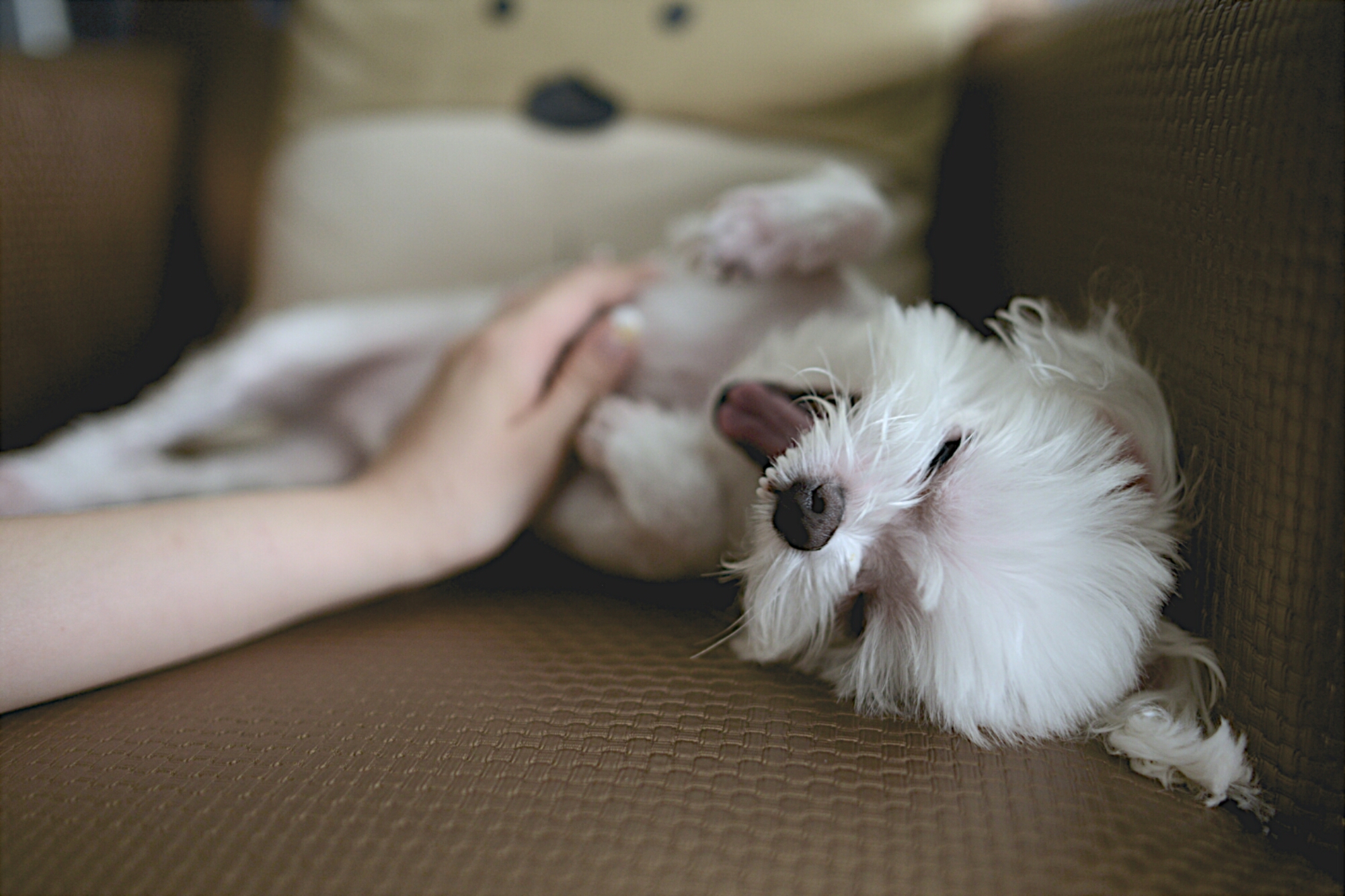
7. Regular checkups and vaccinations
Even if you keep a close eye on your dog’s health it’s important you book an annual appointment with your vet for a thorough check-up. This will give your vet the chance to spot any potential dog health problems and, hopefully, nip them in the bud before they become serious. You should keep track of all the vaccines that your little buddy might need for his healthy and happy well-being.
All those little, cutie fur-balls are your keeper; A friend to hold on to. Keep him/her safe, happy and healthy.
If you have any related questions to ask, drop them down in the comment section.
Au Revoir! Happy petting!


